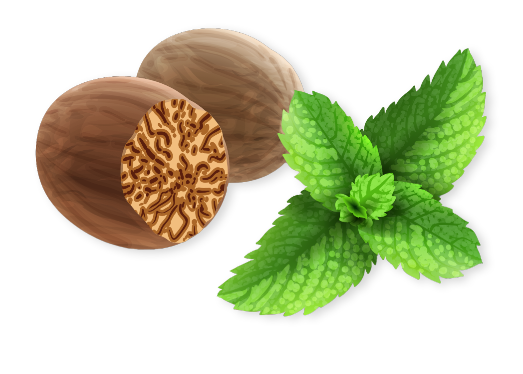Exercise and Physical Therapy for Rheumatoid Arthritis
Monday, June 19, 2023Rheumatoid arthritis (RA) is a chronic autoimmune disease causing pain, swelling, and stiffness in the joints. While medications help manage symptoms, physical therapy and exercise can greatly contribute to improving quality of life for RA patients. Let’s delve into the benefits of exercise and physical therapy and what types can be most effective.
The Benefits of Exercise for RA Patients
Exercise is essential for people with RA for several reasons:
- Muscle Strength: Regular exercise strengthens the muscles around the joints, which can reduce joint strain.
- Flexibility: Exercise improves joint flexibility and can help combat stiffness, a common RA symptom.
- Bone Health: Weight-bearing exercises can help prevent osteoporosis, a potential complication of RA.
- Weight Control: Regular physical activity can help control weight, reducing pressure on weight-bearing joints like the knees and hips.
- Mental Health: Exercise is beneficial for mental health, helping manage symptoms of depression and anxiety often associated with chronic diseases like RA.
Types of Exercises for RA Patients
Here are some types of exercises that can be beneficial for RA patients:
- Low-Impact Aerobic Exercise: Walking, swimming, or cycling can improve cardiovascular health without putting too much stress on the joints.
- Strength Training: Light weightlifting can help build muscle strength and support the joints. Always consult a professional before starting a new strength training regimen.
- Flexibility Exercises: Stretching exercises and yoga can improve joint flexibility and range of motion.
- Balance Exercises: These can help improve stability, reduce risk of falls, and enhance joint function.
Physical Therapy for Rheumatoid Arthritis
Physical therapy (PT) is often recommended for RA patients. It can be personalized to your needs, and a physical therapist can teach you how to work out stiffness without further damaging your joint. PT includes:
- Individualized Exercise Programs: A PT can devise a program tailored to your abilities and needs.
- Pain Management Techniques: These may include heat or cold therapy, TENS machines, or massage.
- Education: A PT can teach you how to use assistive devices, how to protect your joints during daily tasks, and correct posture and body mechanics.
- Manual Therapy: Techniques such as soft tissue mobilization and joint mobilization can be performed by a PT to help reduce pain and improve movement.
- Functional Training: This includes teaching strategies for performing daily activities with less pain and strain on your joints.
The Bottom Line
Exercise and physical therapy are integral components in managing RA symptoms and improving quality of life. They complement medication treatment and can make a significant difference in managing the disease. However, it’s crucial to consult with your doctor before starting any new exercise regime.
You can write to us.
BOOK APPOINTMENT



























